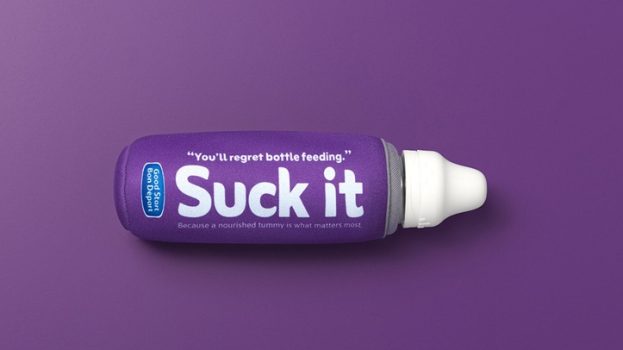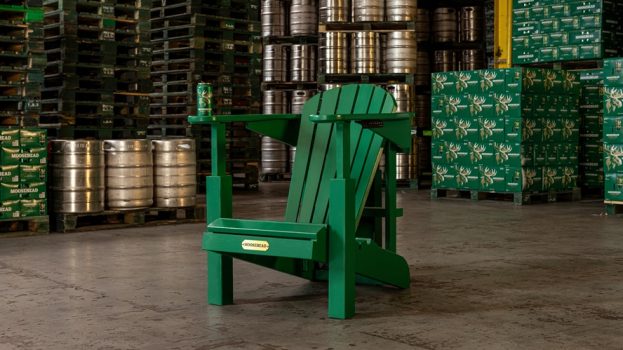Did you have your snack this morning? According to new research from Nielsen, 42% of Canadians at least sometimes snack as an alternative to breakfast. Of that group, 13% often snack at breakfast time, a trend that is driven in part by ever-lengthier commute times, according to Carman Allison, VP consumer insights, North America at Nielsen.
But the most important meal of the day isn’t the only one being replaced – 43% of Canadians snack at least sometimes as an alternative to lunch, while 34% snack at dinner, according to the responses of 503 Canadians between Feb. 17 and March 7 this year for the Nielsen Global Survey – Snack Occasions and Trend Spotting.
Nielsen released the snack-time study today just in time to read over lunch at the office, assuming you’ll be having one.
“We tend to be substituting a lot of snacking when we’re at work, whether before we go to work, first thing in the morning or at lunch time,” Allison says. “Dinner tends to be a little more of a traditional eating occasion.”
This has given rise to meal-replacement options such as Mondelez’s BelVita’s breakfast biscuits or high-protein bars from General Mills Nature Valley brand, considered part of the snack category.
However, Allison notes that with single-person households now accounting for 27% of Canadian households, snacking at dinner time is perhaps more acceptable for a person living on their own than one who has to feed their children.
Perhaps because they are snacking as a meal replacement, Canadians also want healthier choices from their snacks, Allison says, with 62% of the respondents saying they had snacked over a 30-day period to get nutrition.
Number one on their list of wants is less salt in their snacks, with 64% saying it is at least moderately important, followed by no artificial flavours or colours (60% for each) and a snack that is high in fibre (with 65% saying it is at least moderately important).
The healthy trend is driven mostly by women (men tend to prefer to indulge when they snack). For instance, 72% of females say they snack on fruit versus only 45% of males, while 59% of females will snack on yogurt compared to 51% of males.
It is also being driven by an aging population that needs to eat healthier, Allison says, along with higher incidences of obesity and complications associated with it.
“People still want to snack well, they just have to snack differently.”
Enjoyment is still the number one reason Canadians snack though, with satisfying a craving coming in as number two. Nutrition is number five on that list.
Canadians’ top-five snack choices, in order of preference, are: chips, fruit, cheese, chocolate and cookies. When broken down by age, millennials have a slightly different top-five – with chocolate being number one, followed by chips, cookies, sandwiches and cheese, Allison says. Women put fruit at the top of their list for snacks, while men would most prefer to have chips.
“The reality is that boomers are the number one consumer group, but millennials are number two, and they are going to surpass boomers in the next couple of years,” Allison says. “It’s really this balanced approach where you have an older consumer that is going to be concerned about health and wellness and a younger consumer, still worried about health and wellness, but they are willing to indulge a bit more.”
Globally, consumers spent $374 billion on snack foods between 2013 and 2014, a year-over-year increase of 2%. Europe, at $167 billion, leads the way in buying snacks, followed by North America at $124 billion.
Across the globe, 18% of the 30,000 respondents say fresh fruit is the one snack they would choose above all others, followed by chocolate at 15%.
Image via Shutterstock.
























